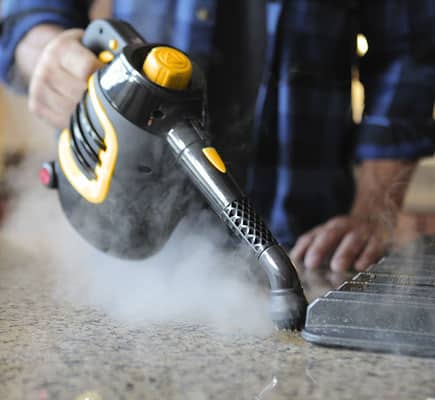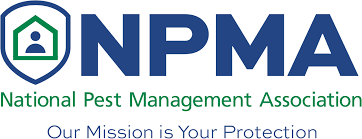Bedbugs’ infestations can be a major nuisance, causing distress and discomfort for homeowners. When it comes to eliminating these persistent pests, there are various treatment options available. Two common methods used are heat treatment and traditional steam treatment. In this blog post, we will explore the pros and cons of each approach, helping you make an informed decision about which method may be most suitable for your situation.
Heat Treatment:
Heat treatment involves raising the temperature of the infested area to a level that is lethal for bedbugs and their eggs. Typically, professional pest control companies utilize specialized equipment to heat the affected space. Here are the pros and cons of heat treatment:
Pros:
- High efficacy: Heat treatment is highly effective in killing bedbugs at all life stages, including eggs. The intense heat penetrates deep into furniture, mattresses, and cracks and crevices, eliminating the infestation more thoroughly.
- Non-chemical approach: Heat treatment is a non-toxic and environmentally friendly option. It doesn’t involve the use of pesticides or chemicals, making it a safer choice for those with respiratory issues, allergies, or sensitivities to chemicals.
- Minimal preparation: Unlike other treatment methods, heat treatment requires minimal preparation. You don’t need to remove furniture or belongings from the infested area since the heat can reach all the hidden corners.
Cons:
- Cost: Heat treatment can be more expensive compared to other methods. The specialized equipment and expertise required to conduct the treatment contribute to the higher cost.
- Potential damage: Although rare, there is a slight risk of heat-related damage to certain items, such as delicate fabrics, electronics, or heat-sensitive materials. Professional technicians take precautions to minimize this risk, but it’s essential to discuss any concerns with them beforehand.
Traditional Steam Treatment:
Traditional steam treatment involves using a steam cleaner to deliver hot steam directly to the infested areas. The high temperature of the steam kills the bedbugs on contact. Let’s examine the pros and cons:
Pros:
- Effectiveness: Steam treatment is generally effective in killing bedbugs, especially when applied directly to the bugs or their eggs. It can be a viable solution for smaller infestations or isolated areas.
- Versatility: Steam treatment can be used on a wide range of surfaces, including mattresses, upholstery, and furniture. It can penetrate into cracks and crevices where bedbugs may hide, effectively targeting the infestation.
- Chemical-free: Similar to heat treatment, steam treatment is a chemical-free method, making it suitable for individuals who prefer non-toxic solutions.
Cons:
- Limited penetration: Steam may not reach deep into certain materials or areas with heavy infestations. Bedbugs may also scatter and move away from the steam, potentially spreading the infestation to other parts of the home.
- Time-consuming: Steam treatment can be labor-intensive and time-consuming, especially if you have a large infestation or extensive area to cover. It requires thorough and repeated application to ensure effective eradication.
Conclusion:
Both heat treatment and traditional steam treatment offer effective solutions for eliminating bedbug infestations. Heat treatment is a highly efficient and non-chemical approach, providing comprehensive eradication of bedbugs and their eggs. On the other hand, traditional steam treatment can be a suitable choice for smaller infestations or localized areas, offering versatility and a chemical-free solution.
It’s crucial to consult with a professional pest control company to evaluate the extent of the infestation and determine the most appropriate treatment method for your situation. They can provide expert guidance and ensure the safe and efficient elimination of bedbugs from your home.
References:
- Chang, K. P., Anderson, J. F., & Kim, J. J. (2020). Efficacy of Bed Bug Steamers in Killing Bed Bug Adults and Eggs. Insects, 11(8), 523.
- Doggett, S. L., Dwyer, D. E., Penas, P. F., Russell, R. C., & Bed Bug Guidelines Working Group (2012). A Code of Practice for the Control of Bed Bug Infestations in Australia. Journal of Environmental Health, 74(2), 26-30.
- National Pest Management Association. (2017). Best Management Practices for Bed Bugs (Cimex lectularius L.).








